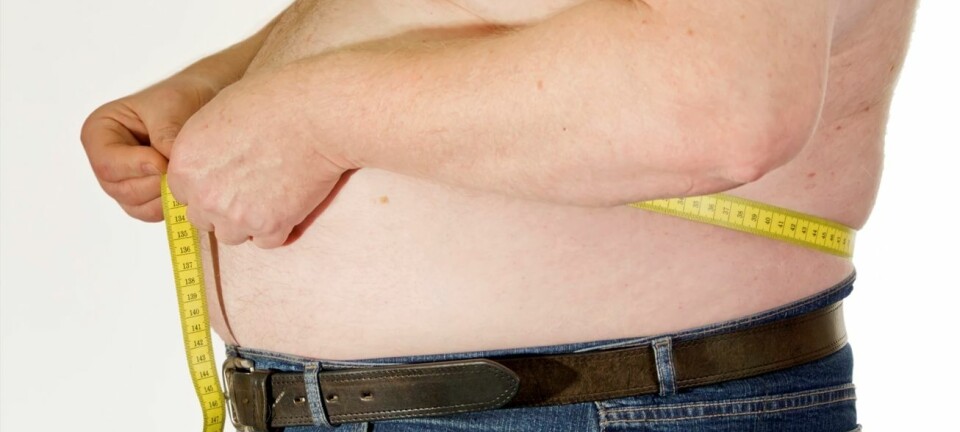An article from The University of Helsinki

Cholesterol can be controlled
New research promises greater control over fats, or lipids, occurring in the human body.
Based at Biomedicum Helsinki, Academy Professor Elina Ikonen and her team are researching cholesterol and cholesterol transport mechanisms.
"The new techniques that we’re developing are quite revolutionary: In the future, the organism of every individual can be programmed to the level of individual genes and metabolic products, including fats," says Ikonen.
She claims this will revolutionise medicine in the next few years.
Through new methods for tracking cholesterol and related lipids in living cells and tissues, Ikonen's team hopes to form a clearer picture of the benefits and adverse effects of cholesterol at the cellular level .

Ikonen is particularly interested in understanding the mechanisms of cholesterol transport that are central to cholesterol-related diseases. Her studies at the cellular level are aimed at identifying new proteins that control delivery of cholesterol within and out of cells.
At the tissue level, Ikonen wants to find out what role cholesterol and related lipids play in the brain, both in normal brain tissue development and in brain diseases. Indeed, the brain is the most cholesterol-enriched organ in our body.
Finding the right medicine
Given an increase in obesity, it is important to look more closely at the mechanisms through which the excess fat stored in tissue affects the function of cells.
This information will improve the diagnosis and monitoring of cholesterol-related diseases and ensure that cholesterol medication is prescribed to people who will benefit the most.
If we could get them to work even more efficiently, this might be a good way to help cells help themselves
The imaging techniques used and developed by Ikonen’s team are opening new opportunities to study and understand cholesterol metabolism.
This line of work is an international collaborative effort that the team share with physicists and chemists.
“Even though the initial investment in equipment is high, the studies themselves aren’t very expensive, because we only need minute amounts of material," says Ikonen. "A lot of money can be saved if we know how to target treatments to the right people.”
From blood to cells
Ikonen says that current applications of state-of-the-art lipid research are still in their infancy.
Cholesterol measurements are usually taken from blood, although the adverse effects of cholesterol are best determined from cell and tissue samples.
"We’ve identified some key regulatory proteins as well as proteins that keep them active," Ikonen continues. "We’ve also identified some other proteins that hinder the activity of useful proteins".
She wants to see cell samples taken more frequently because they can give a much better assessment of the effect of lipid loading and prognosis.
“The level of cell lipid accumulation would allow us to determine whether the fats have moved from the circulation into cells,” she says.
Cholesterol working the brain
Techniques are not yet available to peer into the human brain and observe the workings of cholesterol there.
Current microscopy methods provide access to study zebrafish, roundworms and mice and to find out how the developing, living brain functions.
Ikonen and her team are studying how lipids function in the brain and how brain functions can go wrong in the case of memory problems, for instance.
She says that research should now focus on networks of contributory proteins.
When lipids begin to accumulate in cells, cells automatically enhance the production of certain proteins counteracting the deposition.
“If we could get them to work even more efficiently, this might be a good way to help cells help themselves," says Ikonen.
The researchers have identified some key regulatory proteins as well as proteins that keep them active. They have also identified some other proteins that hinder the activity of useful proteins.
A medicine that would affect the function of protein networks that eliminate fats from tissue is still a long way ahead.
However, Ikonen is hopeful that they might find a suitable candidate among the drugs already in the market.








